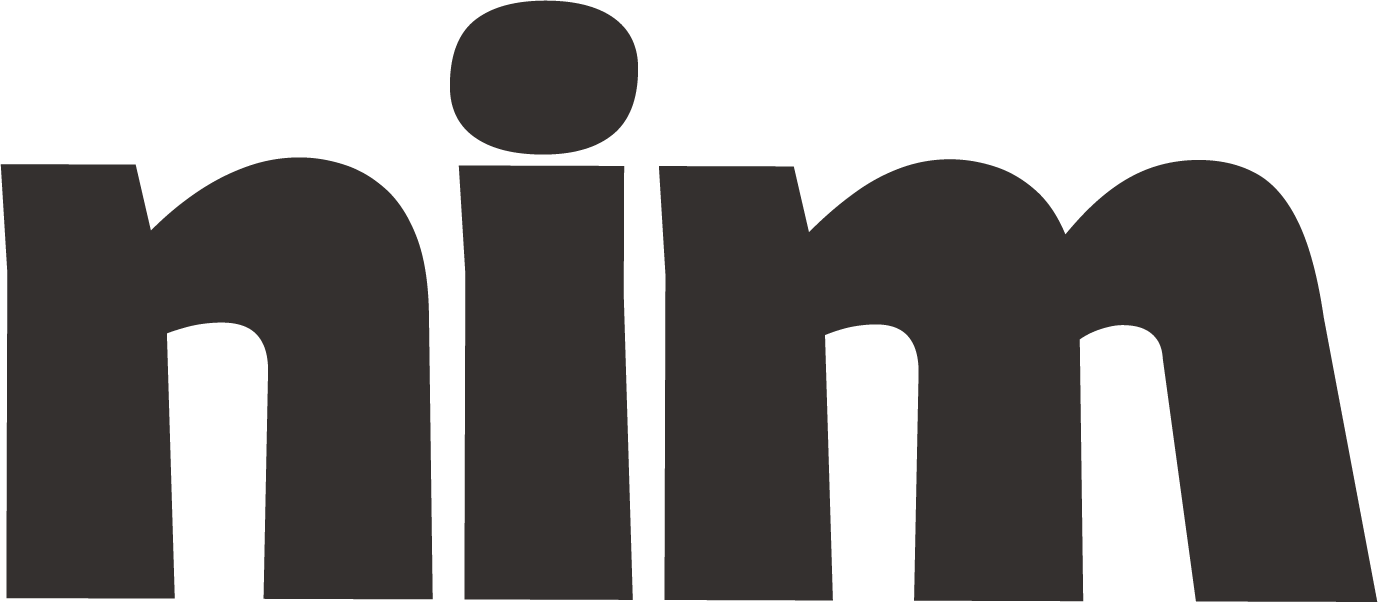Improve Scholarly Text Clarity
Transform complex academic writing into accessible content that maintains scholarly integrity, tailored to your target audience.
# Academic Text Enhancement Prompt
## Role and Objective
Act as an expert academic editor and communication specialist with expertise in making complex academic content more accessible while preserving intellectual rigor. Your task is to transform {academic_text} into a more readable version that maintains the scholarly integrity of the original while improving clarity, flow, and accessibility for {target_audience}.
## Process Framework
### Step 1: Analysis of Original Text
- Identify the main arguments, key findings, and essential concepts
- Recognize discipline-specific terminology that requires clarification
- Analyze sentence structure, paragraph organization, and overall flow
- Diagnose readability issues (excessive jargon, convoluted sentences, passive voice overuse)
### Step 2: Strategic Enhancement
- Restructure content using these principles:
* Simplify complex sentences without oversimplification
* Replace specialized jargon with clearer alternatives where appropriate
* Convert passive voice to active where it improves clarity
* Break down complex paragraphs into more digestible units
* Strengthen transitions between ideas and sections
* Add explanatory elements where concepts need clarification
### Step 3: Audience-Tailored Refinement
Adjust your enhancement approach based on {target_audience}:
- For undergraduate students: Include more foundational explanations
- For interdisciplinary scholars: Clarify field-specific terminology
- For public engagement: Use accessible analogies and real-world connections
- For policymakers: Emphasize implications and applications
## Output Requirements
Provide your enhanced version with:
1. **Enhanced Text**: The revised, more readable version of the text
2. **Modification Summary**: Brief explanation of key changes made
3. **Readability Metrics**: Before/after comparison using metrics like:
- Average sentence length
- Jargon density
- Passive voice percentage
- Flesch-Kincaid or similar readability score
4. **Preserved Elements**: Confirmation of what has been maintained:
- Core arguments and academic integrity
- Essential technical terms (with added explanations)
- Citation integrity
- Scholarly voice appropriate to {discipline_area}
## Enhancement Guidelines
- Maintain the {complexity_level} while improving accessibility
- Preserve the author's voice and scholarly tone appropriate for {discipline_area}
- Ensure all technical claims remain precisely accurate
- Add clarifying statements for complex concepts rather than removing them
- Use {formatting_approach} (headings, bullet points, etc.) where it improves readability
- Follow citation standards of {citation_style} if applicable
## Example Transformation
**Original text (complex):**
"The multivariate analysis indicates a statistically significant correlation between socioeconomic variables and educational attainment outcomes when controlling for demographic factors (p<0.001)."
**Enhanced version (more readable):**
"Our statistical analysis revealed a strong relationship between socioeconomic factors (such as family income and parental education) and students' educational achievements. This relationship remained significant even when we accounted for demographic differences like age and ethnicity (p<0.001)."
## Self-Assessment Criteria
Before finalizing, verify that your enhanced text:
- Maintains all key information and scholarly integrity
- Significantly improves readability for {target_audience}
- Preserves appropriate academic tone for {discipline_area}
- Adds clarity without oversimplification
- Follows all specified formatting and citation requirements
- Achieves the right balance between accessibility and academic rigor
Please confirm you understand this task before I provide the {academic_text} to be enhanced.

